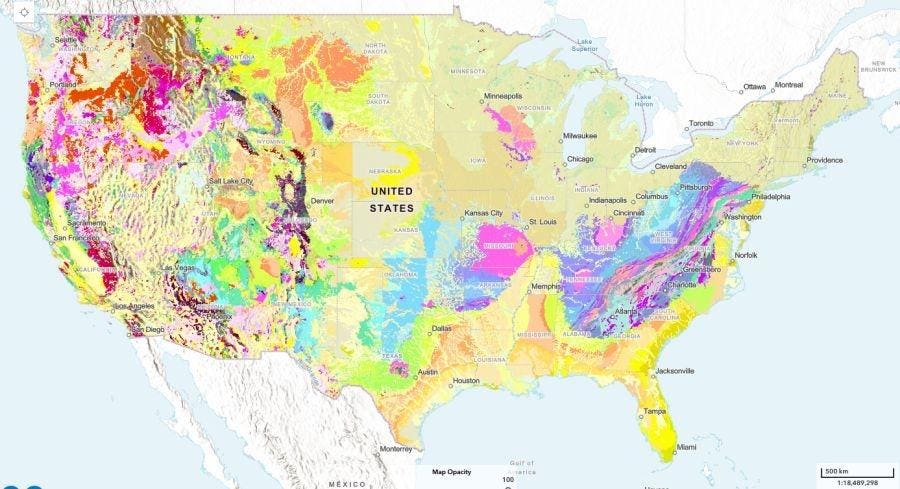Primary care physician compensation hit $300,000 last year as today’s doctors see heavier workloads … More
Primary care physician compensation hit $330,000 last year as doctors see heavier workloads due in part to a shortage of medical care providers.
A new report by the American Medical Group Management Association (AMGA) shows median primary care physician compensation at nearly $330,000 for such doctors that includes family practice, internal medicine and general pediatrics specialties. “In a rollup of the top three specialties in primary care (family medicine, internal medicine, and pediatrics – general), median compensation changed from $311,666 in the 2024 survey to $329,780 in the 2025 survey, an increase of 5.8%,” according to AMGA’s analysis, which is based on 2024 data from nearly 500 medical groups and more than 184,000 providers.
But it wasn’t just primary care physicians seeing solid compensation increases. The AMGA 2025 Medical Group Compensation and Productivity Survey shows a 4.9% compensation increase “across the entire dataset.”
Compensation for specialists also rose about 5%, AMGA data show, with the top three medical specialties of cardiology, gastroenterology and hematology/medical oncology rising on average 4.9% to $516,4448. Meanwhile, the top three surgical specialties of general surgery, orthopedic surgery and OB/GYN rose 3.3% to $476,355.
The report comes amid an intensifying shortage of physicians seeing more and more patients whose healthcare needs are greater. Part of this is related to demographics as baby boomers age but the main driver of compensation and related productivity is physicians are simply busier and there aren’t enough of them, AMGA executives say.
“The reality in the country is that demand is far greater than supply,” said Fred Horton, president of AMGA Consulting. “The growth (in compensation) that we have is on the backs of providers who are already busy.”
The Association of American Medical Colleges says the United States will face a physician shortage of up to 86,000 physicians by 2036, according to a report the group released last year.
AMGA said work relative value units (wRVUs), a key measure of physician productivity, increased 1.5% overall and that often correlates to increase in patient visits, which grew by 2.3%.
“We are at this tipping point,” AMGA Consulting’s chief operating officer Mike Coppola said in an interview. “You cannot keep driving compensation increases through productivity. Volume is being driven on the backs of physicians and that is hard to sustain.”









